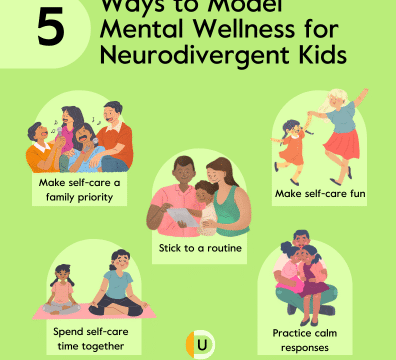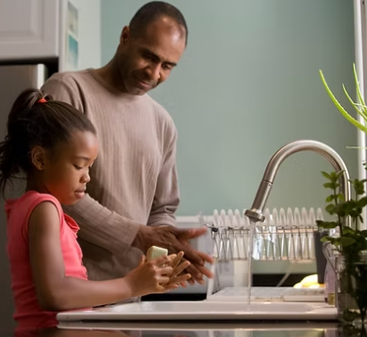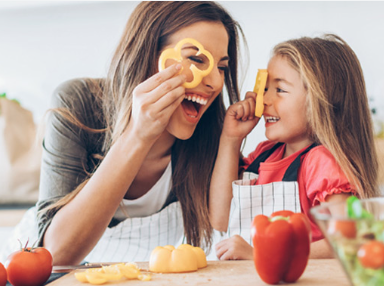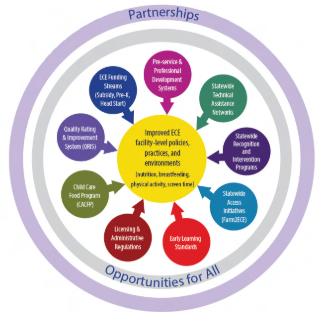Parents often want their children to grow up understanding the importance of balance. Balance does not just mean staying upright or learning how to ride a bike without falling. It also means finding harmony in daily life, blending responsibilities with fun, and making time for health, learning, rest, and connection. One of the most natural ways parents can show this kind of balance is through family activities. The way parents approach shared experiences has a lasting effect on children, shaping their understanding of how to live with stability, joy, and a sense of togetherness.
Children tend to learn best by watching rather than simply listening. If a parent explains the importance of a balanced life but constantly demonstrates stress, exhaustion, or distraction, the lesson may be lost. On the other hand, when a parent models balance in action—such as organizing a family game night after a busy workday, preparing meals together, or enjoying quiet walks as a group—children begin to see that harmony is not just an idea but a way of living. These small, everyday practices become the foundation for children’s habits and their outlook on life.
Family meals are a clear example of balance in action. They show how nourishment, conversation, and routine can all come together in one setting. When parents encourage everyone to gather at the table, even if only for a few nights each week, children learn that eating is not only about filling one’s stomach but also about enjoying connection and slowing down. This balance of physical need and emotional bonding is something children will carry with them long after they leave home. A parent who shares laughter and stories at the table demonstrates that life is about more than checking tasks off a list; it is about creating moments that matter.
Another area where parents show balance is in physical activity. A balanced lifestyle requires movement, yet it also values rest. Parents who take their children on weekend bike rides or nature walks teach them the joy of staying active. At the same time, if the family follows a hike with a cozy reading session or a quiet hour of drawing, the children learn that rest is not a sign of laziness but an essential part of health. Through this rhythm of movement and calm, children come to understand that energy is best managed when we respect both sides of the scale.
Recreational activities provide more lessons. When parents plan family outings, whether it is a picnic in the park or a trip to a museum, they show children how to balance fun with learning. A visit to the park brings play and laughter, while a museum visit sparks curiosity and knowledge. By including both types of experiences, parents reveal that life can be rich with variety. Children notice that joy and discovery often go hand in hand. They also learn that balance is not about giving up one thing for another but about weaving different experiences into a full picture.
Parents also demonstrate balance through how they manage responsibilities in the household. Involving children in chores, such as cooking, cleaning, or gardening, is not just about lightening the load. It is about teaching children that work and play are both essential parts of life. When chores are shared fairly, and when parents treat them as meaningful contributions rather than punishments, children begin to see the balance between effort and reward. They realize that after working together to tidy a space, the family can relax and enjoy the results of their cooperation.
Even the way parents use technology can demonstrate balance. In a world where screens are everywhere, parents who model healthy boundaries around digital devices send a powerful message. If parents set aside their phones during dinner or encourage a tech-free evening for games or storytelling, they highlight the value of presence and focus. At the same time, showing children how technology can be used responsibly for learning or creativity reflects balance rather than restriction. Children notice that parents do not reject technology but instead integrate it thoughtfully into their lives.
Balance is also shown through emotional expression. Parents who share both their joys and challenges in age-appropriate ways help children understand that life is not about pretending everything is perfect. If a parent talks about having a tough day but also demonstrates a positive way to unwind, such as taking a walk, cooking a favorite meal, or practicing relaxation, the child sees how balance includes managing emotions with care. This kind of openness helps children feel safe expressing their own feelings and shows them that balance is not only physical but also emotional.
Celebrations and traditions play an important role in reinforcing balance too. Parents who create time for birthdays, cultural holidays, or simple family traditions show children that life is enriched by pauses and rituals. These celebrations balance the routine of daily responsibilities with moments of joy and reflection. When children see parents honoring both the ordinary and the special, they learn to value consistency while also appreciating the excitement of unique events.
One of the most subtle but powerful ways parents show balance is through how they manage time. Families often juggle work, school, hobbies, and social commitments. When parents demonstrate that they can prioritize without rushing or constantly stressing, children absorb that sense of calm decision-making. For example, choosing to spend a weekend at home cooking and playing instead of filling the schedule with errands teaches children that saying no is sometimes necessary for maintaining balance. Parents who make time for both togetherness and individuality also highlight that balance involves respecting personal space while nurturing relationships.
In the end, balance is not something that can be fully taught with words alone. It is lived through patterns, rhythms, and choices that children witness daily. Parents demonstrate balance every time they carve out family time, encourage shared responsibilities, respect rest as much as activity, and celebrate both the little and big moments. These examples leave lasting impressions on children, showing them that balance is less about perfection and more about harmony.
Family activities are a canvas where these lessons are painted. Each shared meal, walk, game, or celebration becomes a small stroke that contributes to a bigger picture of what balanced living looks like. Parents may not always realize it, but their children are watching closely, gathering insights that will guide them for years to come. By modeling balance through family activities, parents offer one of the most valuable gifts they can give—the understanding that life is richer and healthier when lived with harmony between work and play, effort and rest, joy and responsibility.






